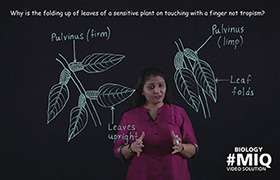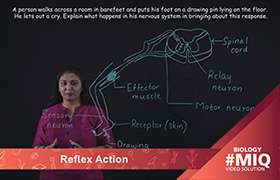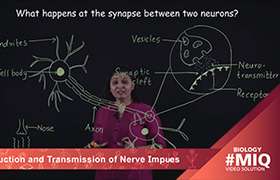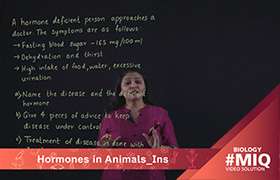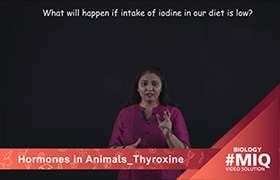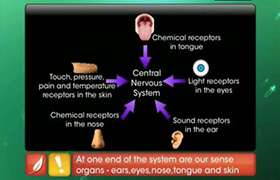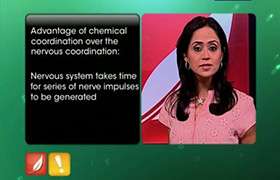CBSE Class 10 Answered
1) Ganglia is a mass of nerve tissue or a group of nerve cell bodies. They are collections of nerve cells forming a nerve center, especially one located outside the brain or spinal cord. ganglia are given specific names which indicate their function or location, such as acoustic, cardiac, carotid, jugular, etc.
2) The brain is made of three main parts: the forebrain, midbrain, and hindbrain. The forebrain consists of the cerebrum, thalamus, and hypothalamus. The midbrain consists of the tectum and tegmentum. The hindbrain is made of the cerebellum, pons and medulla. The Cerebrum: The cerebrum or cortex is the largest part of the human brain, associated with higher brain function such as thought and action. The cerebral cortex is divided into four lobes: the frontal lobe, parietal lobe, occipital lobe, and temporal lobe. Thalamus has sensory and motor functions. Almost all sensory information enters this structure where neurons send that information to the overlying cortex. Axons from every sensory system (except olfaction) synapse here as the last relay site before the information reaches the cerebral cortex.
Hypothalamus is involved in functions of homeostasis, emotion, thirst, hunger, circadian rhythms, and control of the autonomic nervous system. In addition, it controls the pituitary.
Midbrain - It is involved in functions such as vision, hearing, eye movement, and body movement. The anterior part has the cerebral peduncle, important for voluntary motor function.
Hindbrain-
The cerebellum is associated with regulation and coordination of movement, posture, and balance.
Pons is involved in motor control and sensory analysis. It has parts that are important for the level of consciousness and for sleep. Some structures within the pons are linked to the cerebellum, thus are involved in movement and posture.

